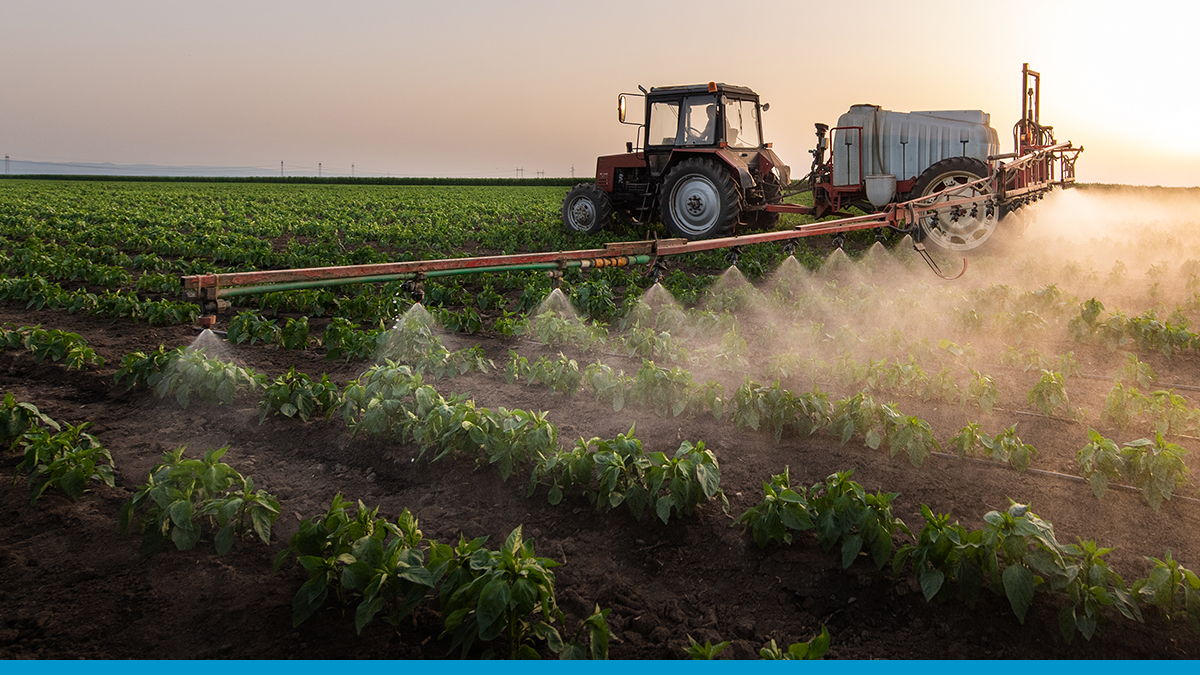How To Manage Herbicide-Resistant Waterhemp
Take advantage of the elevated view from your combine cab to survey and assess the effectiveness of your weed management program this fall.
“A field free of weeds during harvest is very desirable and represents an outcome that will require increased management as weeds continue to adapt to modern crop production practices,” said Aaron Hager, University of Illinois Extension weed specialist.
Many observations have been made recently that waterhemp and horseweed are frequently appearing in corn and soybean fields across Illinois. Hager’s recent field visits have indicated that seed production on these mature plants has been successful, suggesting a preharvest herbicide application may do little to reduce the viability of these mature seeds.
“There are many reasons that these two particular weed species have successfully completed their life cycle in corn and soybean fields,” he said. “One reason is the occurrence of herbicide resistance. Glyphosate resistance in Illinois waterhemp and horseweed populations is known to occur, and we suspect this will become increasingly common in future growing seasons.
“Additionally, resistance to five different herbicide site-of-action families has been documented to occur in Illinois waterhemp populations. In all instances except one, these resistance traits can be transferred by movement of both pollen and seed.”
Herbicide-resistant populations generally do not infest an entire field over the course of a single growing season. Rather these populations usually begin as a small number of plants that survive to produce seed.
The next season the herbicide-resistant population may exist as a patch of weeds encompassing a small area within the field. Rogueing these plants from the field before they produce viable pollen and seed can help slow the spread of the herbicide-resistant population within the field and reduce the movement of the resistance trait to other fields, Hager said.
“Female waterhemp plants have the potential to produce in excess of one million seeds per plant, although that number is usually much smaller when the waterhemp plants have grown under competitive conditions,” he said. “If you notice a few surviving female waterhemp plants in a field, it might be a good investment of time to remove these plants before they enter the combine. Combines can spread weed seed across a field and transport seed from one field to another.”
If a herbicide-resistant waterhemp population is present or suspected in a particular field, consider harvesting that field last to prevent introducing the seed from the resistant plants into the combine and their subsequent movement to other fields, Hager suggests. Another option is to avoid patches of weeds during harvest operations.
(Source: Illinois Ag Connection)






